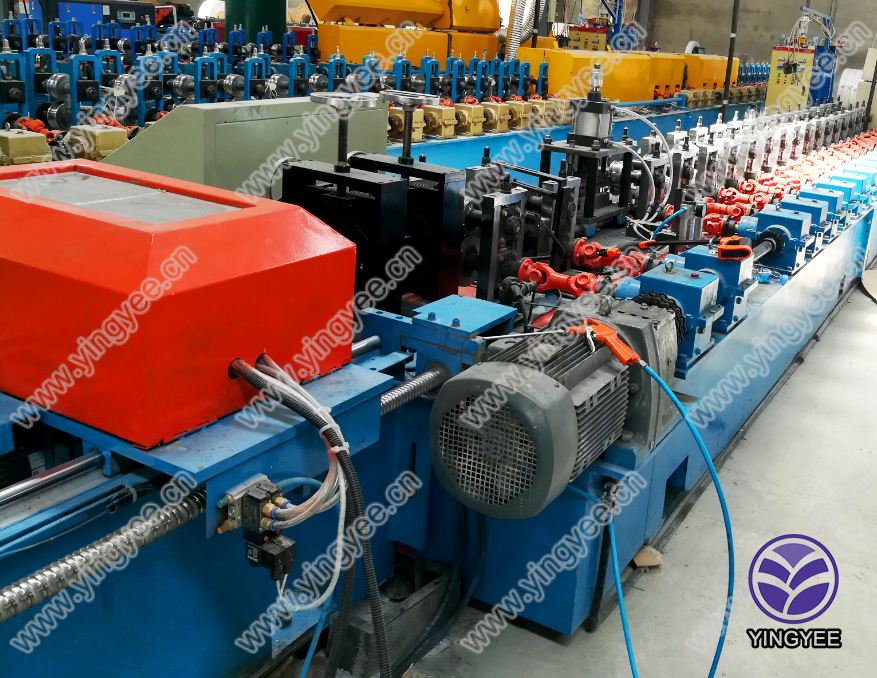
Understanding the Cost and Benefits of Downspout Elbow Machines
In the world of construction and home improvement, the importance of efficient rainwater management cannot be overstated. One of the key components in ensuring proper drainage is the downspout, which directs water from the roof to the ground. To create these downspouts, manufacturers often rely on specialized equipment, such as downspout elbow machines. This article will explore the various factors influencing the price of these machines, their significance, and the benefits they offer to contractors and manufacturers alike.
What is a Downspout Elbow Machine?
A downspout elbow machine is a piece of machinery designed to produce the elbows—those crucial bent fittings used in downspout systems. These machines can fabricate various designs, including standard 75-degree or 90-degree elbows, which are essential for guiding rainwater efficiently from the gutter to the ground. The machines typically utilize sheet metal and can cut, bend, and shape the material with precision.
Factors Influencing the Price of Downspout Elbow Machines
The price of a downspout elbow machine can vary widely, typically ranging from a few thousand to tens of thousands of dollars. Several factors influence this cost
1. Machine Type and Complexity Basic machines that perform minimal functions are generally less expensive. In contrast, advanced models with features like automated controls, multiple bending options, and built-in safety systems will command higher prices.
2. Production Capacity Machines designed for high-volume production often cost more due to their robust construction and advanced technology. Businesses with significant demand for downspouts might find it worthwhile to invest in a high-capacity model.
3. Brand Reputation Established brands may offer more reliability and durability, often justifying a higher price tag. In contrast, newer or lesser-known brands might provide more affordable options, but potentially at the cost of performance or longevity.
4. Customization Options Some manufacturers offer machines that can be tailored to specific needs, such as size and shape variations of elbows. Customized machines tend to be pricier due to their unique designs and capabilities.

5. Market Conditions Fluctuations in the economy, materials, and production costs can also impact machine prices. Early investments during favorable market conditions may save costs in the long run.
The Benefits of Investing in a Downspout Elbow Machine
Investing in a downspout elbow machine carries several advantages
1. Increased Efficiency With a machine capable of producing elbows in-house, contractors can streamline their operations, reducing the time taken to source materials from outside suppliers.
2. Cost Savings Although the initial investment might be substantial, savings accumulate over time. Producing elbows internally eliminates the ongoing costs associated with purchasing them from third parties.
3. Customization and Flexibility Having the capability to create custom elbow sizes and designs allows contractors to meet specific client demands without delay.
4. Quality Control Producing components in-house enables better quality management. Businesses can ensure that every elbow meets their quality standards before installation.
5. Faster Turnaround Times With the ability to manufacture elbows on demand, contractors can respond quickly to orders and project changes, improving overall service and client satisfaction.
Conclusion
The investment in a downspout elbow machine is not just a cost but a strategic decision that can lead to significant operational improvements and cost savings in the long run. By understanding the factors that affect the price of these machines and recognizing their inherent benefits, contractors can make informed decisions that enhance their business performance and success in the construction industry. As demands for effective rainwater management continue to grow, the role of downspout elbow machines in facilitating this work becomes increasingly vital.